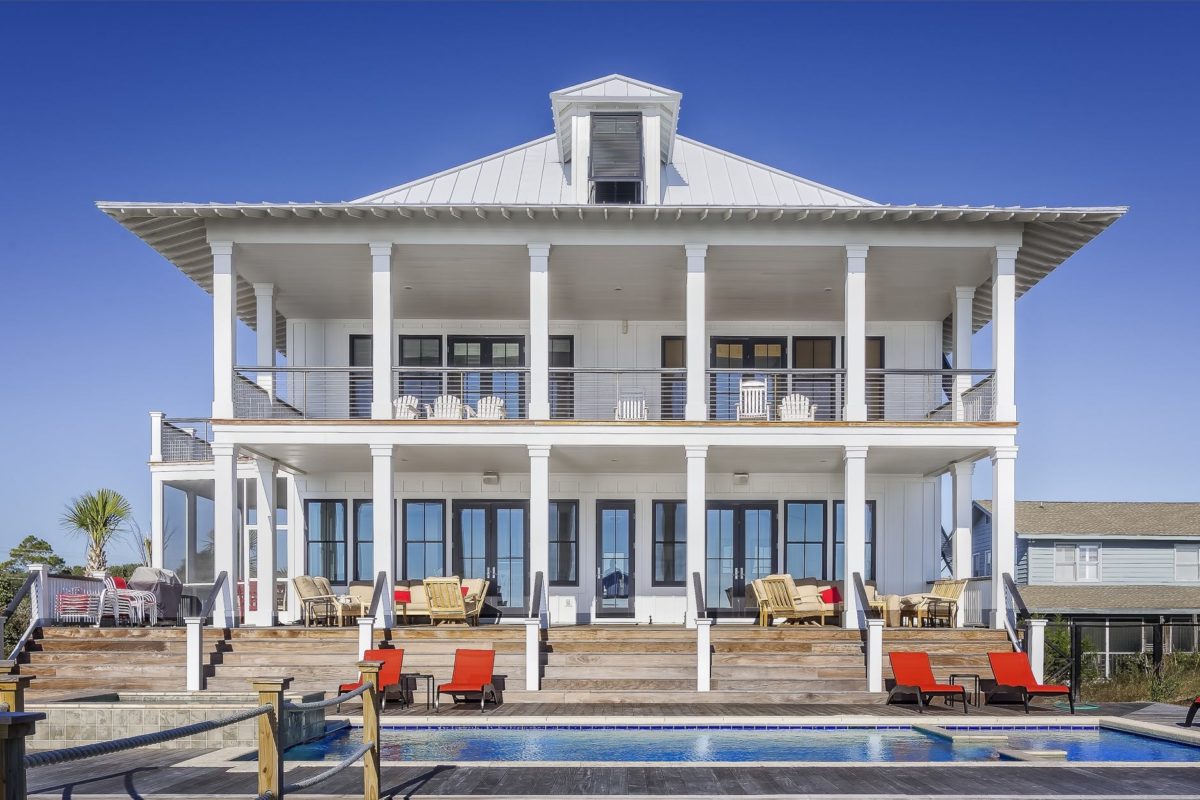Mortgage Outlook: In the August Heat, Rates May Go for a Dip
Mortgage rates won’t change much in August, but they’re more likely to edge down than to go up. I wouldn’t be surprised if the average rate on the 30-year fixed dips to 2.75% annual percentage rate at some point in August. The monthly average should end up somewhere between 2.8% and 2.9%.
The COVID-19 pandemic is far from over, and it’s the reason for my prediction that mortgage rates might drop slightly in August. An increase in hospitalizations and deaths (here and in other countries) acts as a drag on the global economy. Investors seek refuge in safe bonds, including mortgage-backed securities, during tumultuous times. Mortgage rates fall when investors compete to buy mortgage-backed securities.
If I’m wrong and mortgage rates rise in August, it will be because investors feel confident about economic growth internationally. Bonus points if investors, pundits and politicians fret more about inflation — because mortgage rates are sensitive to inflation.
What happened in July
Mortgage rates didn’t move much in July, which is what I predicted would happen. I said the month’s average on the 30-year fixed would be between 2.8% and 3% APR, and we finished the month averaging 2.86%, down slightly from June’s average of 2.9%.
Rates are affected by many forces, some of them working in opposite directions. When prices rise rapidly, the higher inflation tends to push mortgage rates upward. When the economy shrinks, or grows more slowly than expected, the sputtering economy tends to pull mortgage rates downward.
In July, the downward-pulling force was a little stronger than the upward-pushing force. Inflation has been relatively high, but the spread of the coronavirus’s delta variant unnerved investors, whose demand for mortgage-backed securities sent rates lower.
Higher home prices overwhelm lower rates
Affordability is taking a beating this summer. Mortgage rates are low, but home prices are rising at record speeds. It’s enough to discourage many would-be home buyers.
Let’s see what happens to monthly payments when interest rates fall but home prices skyrocket. In our example, we’ll compare average mortgage rates and median home prices in June 2020 versus June 2021 (the latest available data). We’ll assume the buyer gets an FHA-insured loan and makes a 3.5% down payment.
In June 2020, the median home price was $294,400 and the average 30-year fixed mortgage rate was 3.33%.
In June 2021, the median home price was $363,300 and the average rate was 2.9%. In one year, home prices had gone way up and mortgage rates had dropped significantly.
In this scenario, the monthly payment for principal, interest and mortgage insurance was about $1,450 in June 2020 and about $1,708 in June 2021. And that $258 increase in monthly payment wasn’t the only thing that got more expensive. Because the home price went up, so did the down payment and the upfront FHA premium of 1.75% of the loan amount.
When you add together the down payment, upfront mortgage insurance premium and monthly payments, the June 2020 loan cost about $32,678 in its first year, while the June 2021 loan cost around $39,343. The first year’s total cost went up almost $6,700, even though the mortgage interest rate went down.
The article Mortgage Outlook: In the August Heat, Rates May Go for a Dip originally appeared on NerdWallet.


